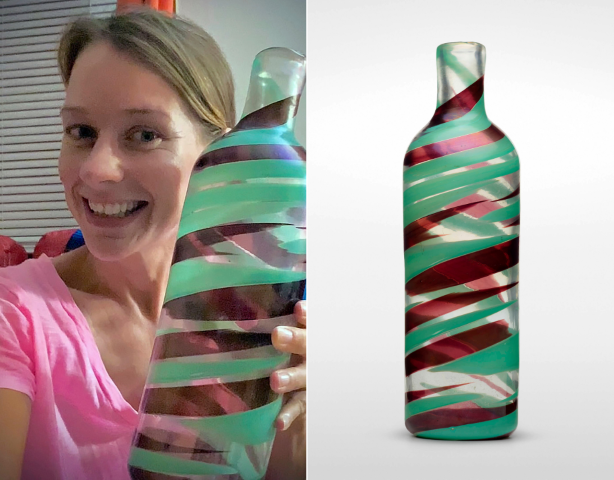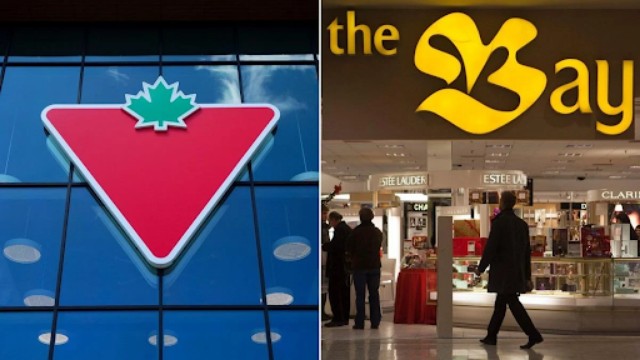
Jessica Vincent is seen holding a vase by Italian architect and designer Carlo Scarpa which was part of his Pennelatte series in the 1940s at her home in Henrico County, Virginia. Jessica Vincent via The Associated Press
Thrifting luck struck gold for Jessica Vincent, a resident of Virginia, when she stumbled upon an Italian glass vase at her local Goodwill store. What appeared to be a simple $3.99 purchase turned into an astonishing discovery that fetched her an eye-watering profit.
While perusing the store's usual array of secondhand items, Vincent's attention was captured by an iridescent glass vase adorned with red and green streaks. A small "M" imprinted on its base piqued her interest, hinting at the possibility of it being valuable Murano glass—a prestigious type crafted on an island near Venice, known for its esteemed glassware.
Her suspicions were further aroused upon spotting what seemed to be an artist's signature at the base. Vincent, initially estimating its worth between $1,000 and $2,000, embarked on a quest for more information, only to discover the true magnitude of her find after conducting thorough research.
The vase, purchased for a mere $3.99 at the thrift store, turned out to be an exquisite piece created by acclaimed Italian artist Carlo Scarpa in 1942, as part of a series for Venini. The vase's uniqueness lay in its intricate craftsmanship, combining opaque and transparent glass to mimic brushstrokes—an artistry that formed a rare subset of Scarpa's collection due to its challenging production.
Vincent's journey to unveil the vase's value led her to an Italian glass collecting group on Facebook, which urged her to contact an auction house. Subsequently, the vase caught the attention of the Wright auction house, describing it as an exceptionally rare find in the realm of Italian glass, due to Scarpa's esteemed reputation as a midcentury glass designer.
Anticipation surrounded the vase's auction, initially projected to fetch between $30,000 and $50,000. However, bidding fervor surpassed all expectations, culminating in a staggering sale price of $107,100, with an initial expectation of $85,000 excluding the buyer’s premium. A European collector, opting to remain anonymous, secured this prized possession.
Vincent, astonished by her windfall, intends to utilize the proceeds—approximately $83,500—to renovate an old farmhouse she recently acquired with her partner. Reflecting on her serendipitous find, she expressed surprise that the valuable vase had gone unnoticed by previous thrift store patrons.
Goodwill representatives, puzzled by the vase's journey to their shelves, speculated that it might have been part of a family estate clearance, a mystery likely to remain unsolved.
Vincent's story stands as a testament to the unpredictability of thrift store treasures and the potential for life-changing discoveries hidden among the everyday items waiting to be found.















